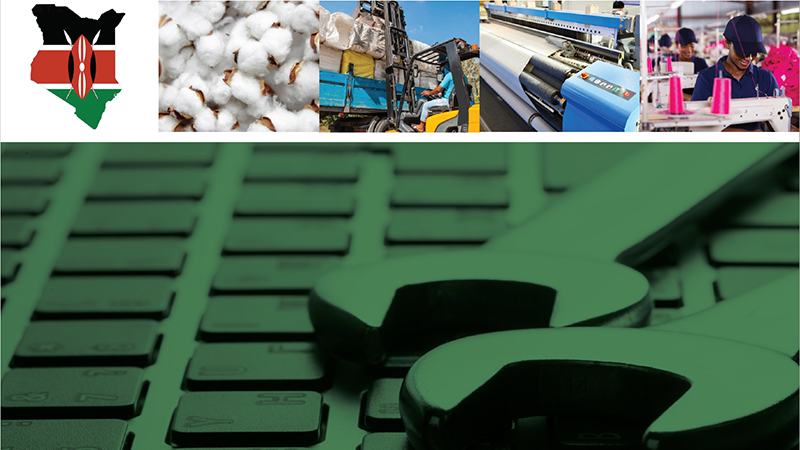NTMs can increase the cost of doing business through increased compliance costs, thus reducing productivity. Poorly designed and inefficiently implemented NTMs can create administrative and financial burden for the private sector. This makes it necessary to review NTMs with the objective of minimizing compliance costs, improving design and making implementation processes more effective: all critical elements for boosting regional value chains (RVCs). At the same time, NTMs are necessary for achieving other social or development goals. Thus, there is a need to strike a careful balance when reviewing NTMs such that effectiveness of NTMs in meeting the policy objectives for which they are designed is not undermined.
The project intended to address this very issue: evaluating NTMs in terms of the objective they are designed for, the way they are being implemented, and how easy it is for the private sector to comply with them.
Objective of the Project
This project was designed to develop and field-test NTM cost-effectiveness toolkit aimed at strengthening good regulatory practices and policy coherence. Piloted in the Kenyan cotton, textiles and apparel (CTA) value chain, the project involved a review of NTMs applied to cotton lint imports in Kenya, for their design, implementation and enforcement with the larger goal of simplifying import regulations and procedures and reduce trade costs while ensuring that relevant public policy objectives are not compromised.
Activities
- Product selection to identify imported intermediate inputs within a value chain of interest and mapping the applicable NTMs using the UNCTAD Trains Database. Cotton lint was identified as the main intermediate input of interest for which NTMs would be reviewed.
- Stakeholder identification i.e. government agencies responsible for designing and enforcing the NTMs under consideration; the regulated firms; as well as other relevant government agencies.
- Stakeholder engagement through surveys, focus group discussions, in-depth interviews and detailed compliance and implementation cost assessment. Interview and survey guidelines are provided to facilitate a comprehensive analysis of NTMs.
- Stakeholder input analysis to identify issues and challenges regarding compliance, design and implementation. Insights drawn may be substantive or procedural.
- Generating policy options to address the identified problems to drive an NTM reform agenda.
Intended Outcomes
- Development of “NTMs Cost-Effectiveness Toolkit” for use in other country and sector contexts
- Policy reforms to simplify imports of cotton lint in Kenya
- Increased awareness and knowledge on NTMs and their relevance amidst government agencies as well as private sector
Link to the SDGs
Direct:
- SDG 17: Partnerships for the Goals
- Target 17.11 Significantly increase the exports of developing countries, in particular doubling LDCs' share of global exports by 2020Target
- Target 17.14 Enhance policy coherence for sustainable development
Indirect:
- SDG 2: Zero Hunger
- SDG 8: Decent Work and Economic Growth
- SDG 9: Industrialization and Infrastructure
- SDG 12: Responsible Consumption and Production

